Background and Objective
Egypt has been playing an important role as a hub of transportation and trade in Middle East and North Africa region. Egypt achieved rapid growth of civil aviation sector recently with economic and population growth. Passenger movement of the airports was increased 88% in 10 years from 18 million in 2002 to 34 million in 2012, and aircrafts movement was increased 64% from 185 thousand in 2002 to 304 thousand in 2012.
Alexandria, located along the Mediterranean, is the second largest city next to Cairo, and it is currently served by two airports, namely Alexandria - Nozha International Airport and Borg El Arab International Airport. Due to several technical aspects, Alexandria - Nozha International Airport currently can barely make regional international flights and hence it was decided to develop Borg El Arab International Airport.
Project Summary
Loan Projects
First Phase (May 2005 - September 2010)
The Government of Japan offered technical and financial assistance to the Government of the Republic of Egypt to implement "Borg El Arab International Airport Modernization Project".
The concessional loan for establishing the project reaches JPY 5.73 billion, and it includes: Construction of Passenger Terminal Building; Construction of Taxiway and Construction of Cargo Terminal Building. The project started operation in 2010.
Second Phase (Planned to start working: 2019 - October 2022)
After completion of the project, number of passengers jumped up to 2 million in 2012 from 0.7 million in 2010. The larger-than-expected number is due to growth of labor market demand and development of Low Cost Carrier (LCC) services in Middle Eastern countries by growing economy in Egypt and surrounding countries. Numbers of passengers who use the Borg El Arab International Airport is expected to become more than 3.5 million in 2020, which would lead to excess demand comparing with capacity of the airport. Thus, Extension of the Borg El Arab International Airport is required.
The second phase of developing will be done through another concessional loan amounting 18.2 billion JPY with a very soft conditions (0.1% interest rate, 40 years repayment period including 10 years grace period). The loan agreement was signed in February 2016. The planned project components are: Construction of a new terminal building (Terminal 2), an apron and the related facilities and construction of taxiways to strengthen the capacity to handle the rapidly increasing demand for airport transportation, thereby improving the convenience and safety of air transportation in Egypt.
Technology Transfer/Technical Cooperation
Throughout the projects phases, technology transfer will be carried out to the Egyptian staff from the Egyptian Airports Company (EAC). The EAC staff will be involved in the design and supervision of works as a part of on-job training. Training programs in Japan are done and will continue with the aim to support capacity building in the sector to enhance the air transport service in Borg El Arab International Airport. Partnership with Narita Airport Company is established to transfer the Japanese model in airport operation to be implemented in Borg El-Arab International Airport.
Introducing the concept of Eco-Airport:
As a matter of fact, Borg El Arab International Airport is designed based on the concept of Eco Airport to remit environmental load responding to global climate change. Accordingly, related facility and equipment such as solar power generation, high efficiency air conditioning, Light Emitting Diode (LED) and photo-catalysis on the basis of the concept of Eco Airport would be introduced to the Project with particular attention to safety and security of the passengers.
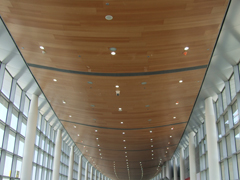
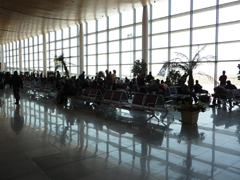
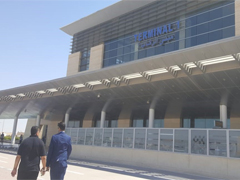
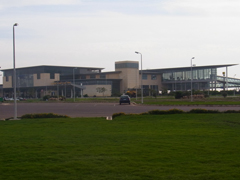
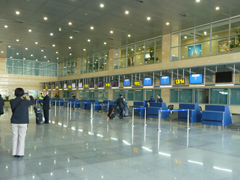
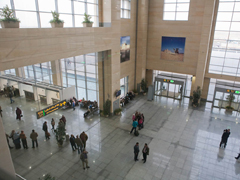






scroll